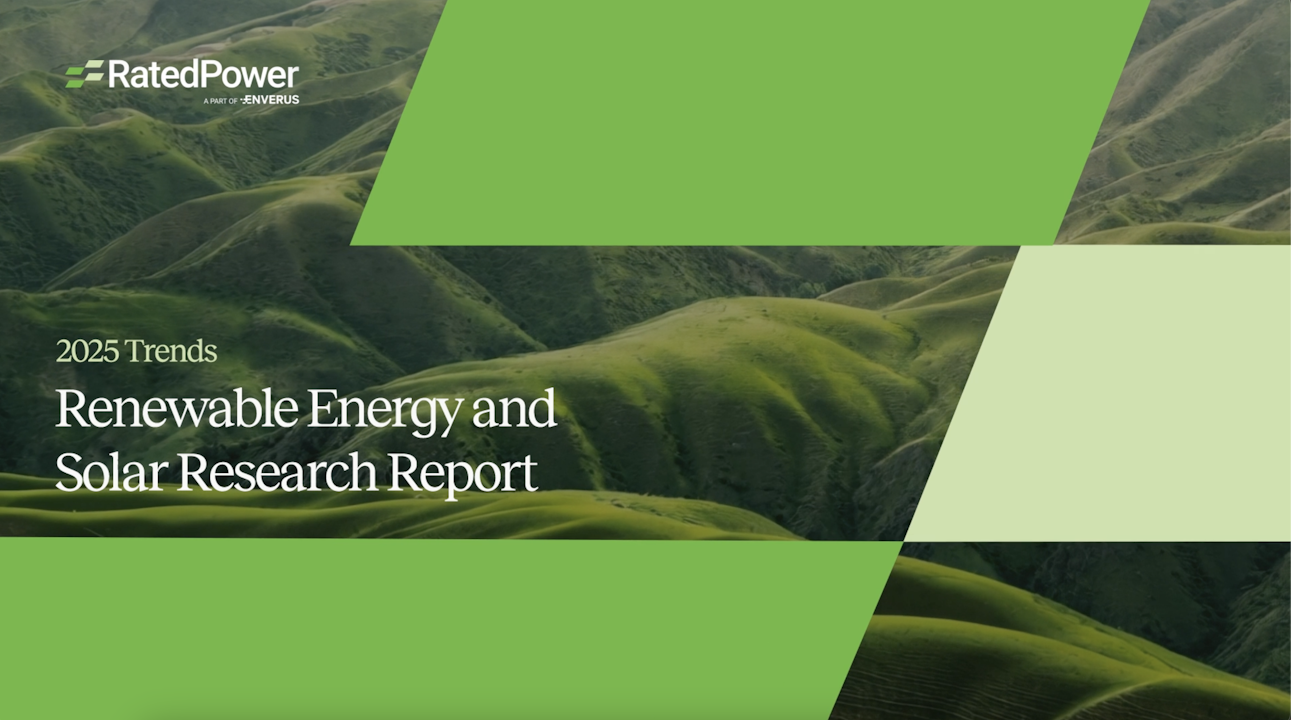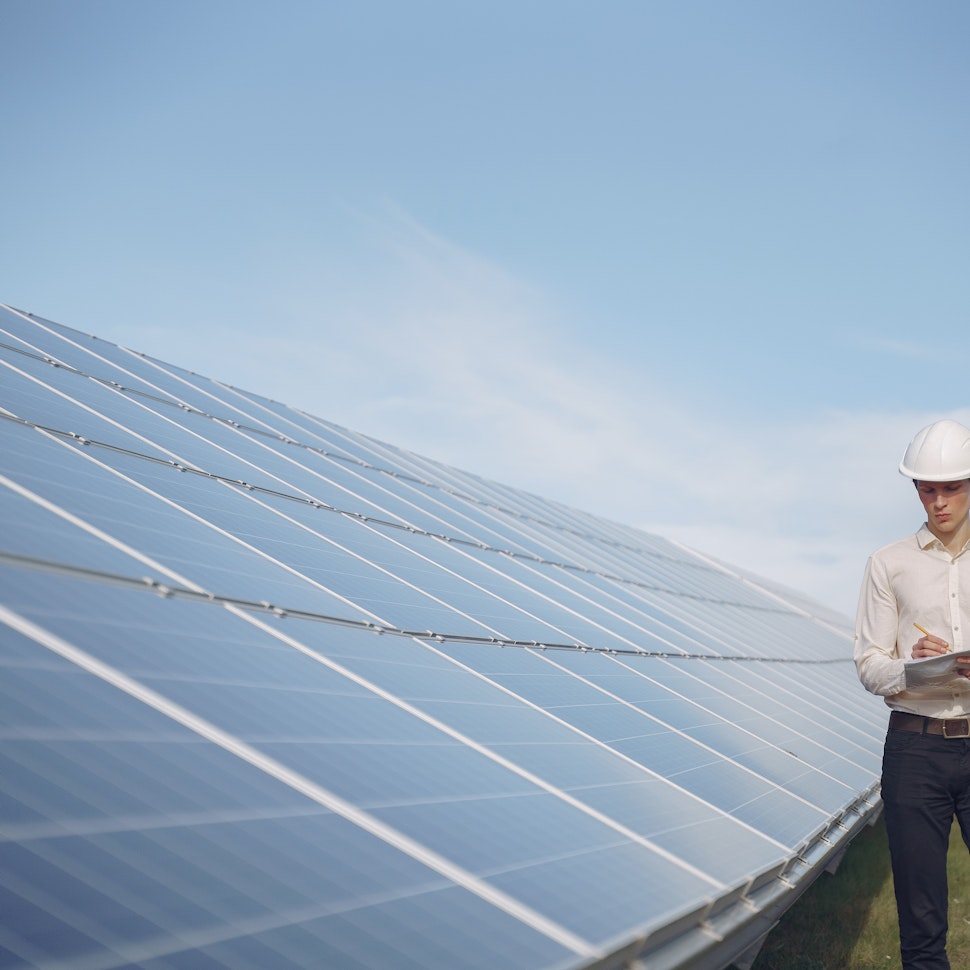- Solar energy blog
- France’s land challenge in the solar energy boom
France’s land challenge in the solar energy boom
Explore why France’s solar expansion faces land-use limitations, local resistance, and complex permitting, despite having space to grow.



Content
France is ramping up its solar ambitions. But despite having the physical space, developers face a maze of regulatory, ecological, and local challenges that slow progress and threaten targets.
France has enough suitable land to support its solar and onshore wind ambitions. Even with strict sustainability siting rules, the country could dedicate up to 1.91% of its territory to ground-mounted solar PV and still have room to spare.
Download the 2025 Renewable Energy and Solar Research Report to unlock essential insights on the renewables industry. With expertise from our survey and data from solar simulations on RatedPower, the Report explores trends, challenges, and solar design preferences.

But available space doesn’t always translate into usable land. Most of the available land is located in rural areas, where grid access is often insufficient or nonexistent.
France’s policy and market framework also make it more challenging to convert that land into actual solar farms. Complicated permitting rules, rising lease prices (sometimes reaching €30,000 per hectare), and overlapping land claims from the agricultural sector are delaying permits and pushing projects past critical deadlines.
France’s ambitious 2030 and 2050 solar targets
France aims to install 48.1 GW of solar PV by 2030, which involves ramping up deployment by 3.7 GW to 5.5 GW annually. The NECP pushes that target even higher: it aims to install 60 GW by the end of the decade, bringing renewables to 41.3% of final energy consumption, laying the groundwork for 140 GW by 2050 (nearly ten times today’s capacity).
These targets are within reach if regulations are streamlined and land access is secured. But currently, neither is guaranteed.

Tensions between agricultural, ecological, and energy land use
Despite being the EU’s largest country by land area, France has limited space for solar development. About 52% of its territory is reserved strictly for agriculture, while 40% is covered by natural forests. This leaves only 9% for built environments and infrastructure, including utility-scale energy projects.
Complicating land access further, 13% of France is protected under the Natura 2000 network, and an additional 15% is expected to be restored for conservation purposes. These ecological priorities leave less space for large-scale solar farms.
Technically, there’s room to grow: 2.22% of France’s land is suitable for ground-mounted solar PV and 0.24% for rooftop systems. While the percentages seem small, solar’s land footprint is minimal compared to other uses. To install 101 GW of ground-mounted PV by 2040, France would need less land than is currently used to grow potatoes (0.35%) and far less than what’s used for fodder crops.
However, political divisions risk overriding what’s technically achievable. In a controversial vote, the National Assembly approved a moratorium on new solar and wind projects from 2025 to 2035, only to reverse course the next day, after France Renouvelables (the country’s renewable energy association) called it a threat to nearly 80,000 jobs. The episode exposed just how reactive France’s energy policymaking can be.
Regional disparities in available land for solar deployment
Solar deployment across France encounters very different obstacles, depending on the region.
In the southwest, the Landes de Gascogne, managed pine forests cover approximately 66% of the land, while only 18% is used for farming. However, despite the territory's large size, restrictions tied to conservation and forestry practices leave little room for utility-scale solar development. Legal disputes over solar projects in Lucmau and Pindères highlight how permitting delays can stall development for years. Even when projects meet planning and safety requirements.
Further east in Hérault, roughly 30% of the land is under cultivation (much of it for vineyards and cereals). Solar development competes directly with productive agricultural land and cultural heritage, often triggering local opposition and complicating approvals.
Île‑de‑France (which includes the Paris metropolitan area) is more politically open to solar development than many regions. The regional government has committed to doubling clean energy production by 2030 and achieving 100% renewable energy by 2050. Officials are backing efforts to expand solar installations on rooftops, public infrastructure, and underused urban land.

Role of local opposition and planning constraints
Even when land and permits are in place, developers still run into local resistance. Some communities oppose nearby solar farms due to environmental or aesthetic concerns.
In Alpes-de-Haute-Provence, local activists have spent the past two years pushing back against solar development near the Lure mountain (a protected natural area). Authorities and investors view the projects as advancing France’s climate targets and the European Green Deal, but residents see them as a threat to biodiversity and the landscape.
To keep land in productive use and make their projects more acceptable to communities, some developers are embracing agrivoltaics, which integrates PV panels with active farming to make the land produce both energy and food. This model has done well in competitive auctions that reward dual-use projects.
The government, for its part, has designated solar priority zones and streamlined permitting processes, but this has had little impact on actual timelines. Under current conditions, developers often spend up to five years securing permits, excluding any additional delays caused by grid upgrades. It takes even longer (around seven years) to produce sellable electricity.
France’s permitting system remains slower and riskier compared to those of other EU countries. In Poland, for example, developers can apply for grid connections early, receive faster feedback, and reclaim deposits if they withdraw, thereby reducing financial risk and speeding up decisions.
In contrast, France’s permitting process is decentralized: national targets are set at the national level, but local governments control the approvals. This complexity is further shaped by Article 54 of the APER law (Law on the acceleration of renewable energy production), which introduced strict conditions for PV development in agricultural and natural areas, prioritizing agronomic value and long-term farming viability. France’s solar slowdown, therefore, can often stem more from political and procedural barriers than physical land scarcity.
Webinar: The optimal solar panel tilt to boost PV projects’ performance
Are you looking for ways to optimize tilt angles in your PV projects for maximum efficiency? Our Product Owner, Bernardino Martín, will guide you through the impact of choosing the optimal tilt angle and pitch distance for fixed structures in this upcoming webinar.

Latest stories
Related posts
Market analysis
The rise of utility-scale PV + storage plants in Italy
Discover how Italy’s latest policies and auctions are driving utility-scale solar and battery storage projects to meet ambitious 2030 targets.
Updated 4 DEC, 25

Market analysis
From sun to socket: What Iberia’s grid needs to handle 2030 renewable targets
Discover how Spain and Portugal are upgrading their grids to meet ambitious renewable targets and prevent future blackouts.
Updated 25 NOV, 25

Market analysis
What is the state of renewables in Germany 6 months since the elections?
Explore how a new conservative-led coalition and a €500 billion investment plan will impact Germany’s renewable energy sector and European climate policy.
Updated 13 NOV, 25

- RatedPower
- Solar energy blog
- France’s land challenge in the solar energy boom
 Watch a demo
Watch a demo Ask our AI Product Expert
Ask our AI Product Expert

